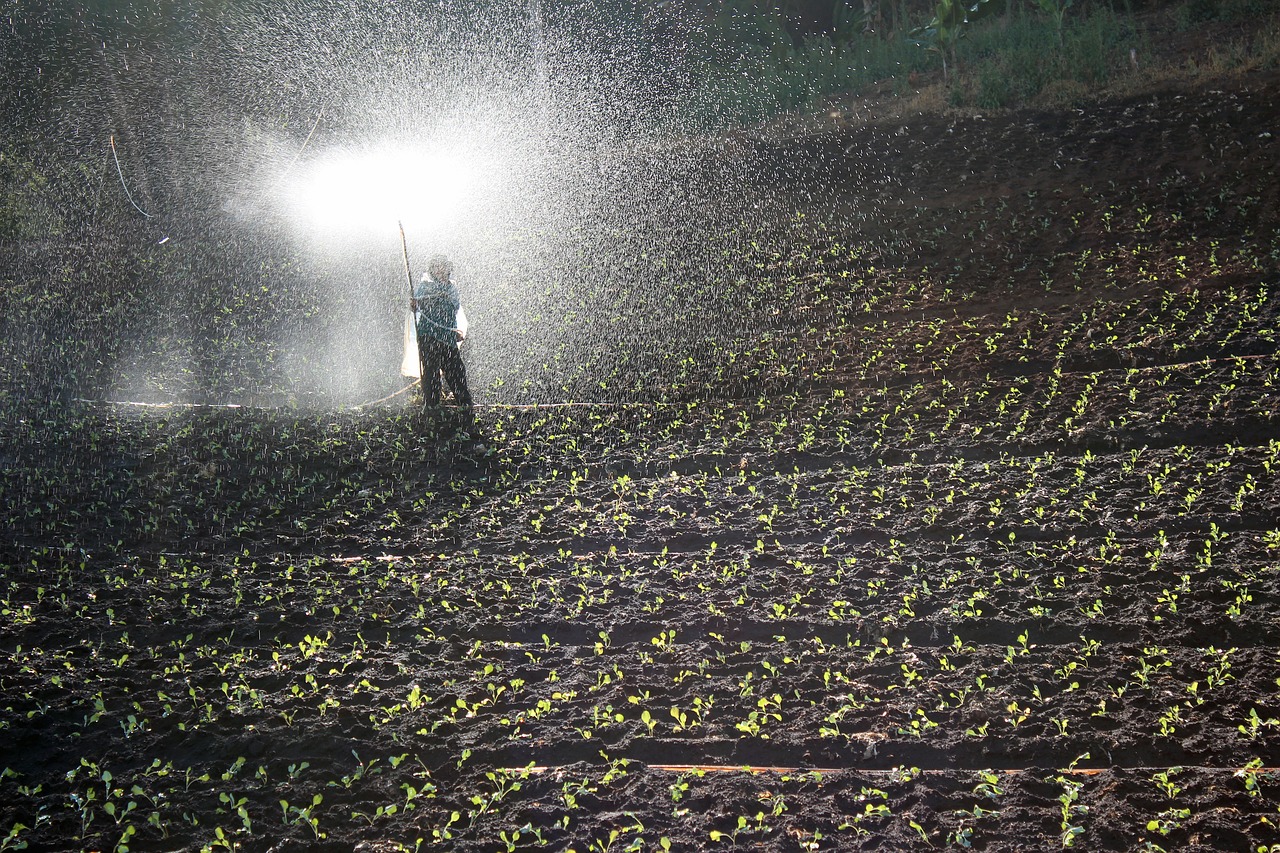Keyword:
Publish time:1/31/2018 12:00:00 AM Source: CCM
Information collection and data processing: CCM
For more information, please
contact us
China’s fertiliser
price has seen a rebound in 2017 and is likely to continue rising in 2018, due
to high raw material and production costs, environmental protection pressure,
as well as the supply-side structural reform in the country.

According
to the Ministry of Agriculture in China, the prices of fertilisers and other
agrochemicals are going to rise in 2018, pushing the agriculture production
costs upwards as well. As an example, the ministry mentioned the price rise of
urea by 34% year on year, while compound fertilisers witnessed increases by
more than 17%.
At
the end of 2017, China's agricultural means of production market entered the
traditional slack season, while fertiliser prices kept climbing as prices of
phosphate fertilisers, nitrogenous fertilisers and compound fertiliser rose up.
Some industry insiders predict that fertiliser prices will remain an upward trend
in 2018, according to market intelligence firm CCM.
The
reasons for this development can be found in the rising production costs due to
higher raw material prices, larger environmental protection pressure by the
government, and the supply-side structural reform, which aims to reduce the
number of manufacturers from the market.
Production
costs for wheat, corn and rice are expected to rise 2%, 2.8% and 2.4%
respectively on 2017, based on an estimated 20 percent jump in fertiliser
prices.
It
is worth noticing, that China's demand for fertilisers from the agricultural
industry is expected to slide down due to the implementation of the zero-growth
of fertiliser usage and a price cut of agricultural products. However, this
decrease can be easily offset by increasing demand from other industries,
preventing China's fertiliser prices from falling.
What’s
more, In late December, the National Development and Reform Commission of China
published the Notice on Issues Concerning the Deepening of Market-oriented Rail
Freight Price Reform. According to the announcement, electrification surcharges
would be included in base transportation prices of 12 genres commodities, such
as building minerals and steel wire products, and the maximum rail freight fees
would be raised from 10% of base prices to 15% since January 1, 2018. Although
fertiliser is not among the 12 genres mentioned above, its maximum rail freight
price also rose to 15% of the base price.
China’s fertiliser
industry
China
has developed into the world's largest manufacturer and consumer of
fertilisers. After all, the middle kingdom uses more than a third of the
world's fertilisers available, which is equivalent to the combined consumption
of the USA and India. China is in heavy need for fertilisers to satisfy its
growing demand for crops and other agricultural products.
According
to market intelligence firm CCM, China uses 40% of its fertilisers on cereal
crops, while another 33% is used for fruits and vegetables. The biggest
challenge that the country faces is the feeding of its 1.4 billion population
with only about 8% arable land. Hence, chemical fertilisers are developed and
produced heavily to boost crop yields and scale up agricultural production. The
excessive use of chemical fertilisers, however, is raising environmental and
food safety concerns.
China’s
fertilizer industry is facing both serious problems and new development
opportunities. serious oversupply, cutting excess capacity has been a
consensus. Currently, domestic fertilizer capacity has reached 200 million MT.
Along with the pressure from policies, reducing the use of fertilizer has
become inevitable.
Gas shortage pressure
China’s
fertiliser raw material provider, urea and ammonia manufacturers, are facing a
tough time at the moment, as the gas shortage in the country has forced many
companies to halt their production, which are making losses as a result. The
gas shortage is due to the preference of gas being used as heating material in
China’s winter rather than for industrial production.
The
production limitation in winter for fertiliser related manufacturers is not a
new issue, but this season the problem is bigger than usual and the limitation
stricter, which leaves many companies in worries over their future. The price
of urea and ammonia in China has climbed to four years high. The
supply shortage of the raw materials is likely to further pull down fertiliser
supplies and hence add pressure on the price.
Import tariff quotas
At
the end of October, the Ministry of Commerce of the People's Republic of China
(MOC) announced officially the import tariff quotas on fertiliser for the year
2018. According to the announcement, the total quantity of imported fertiliser
quotas is 13.65 million tonnes, shared by 3.30 million tonnes of urea, 6.90
million tonnes of monoammonium phosphate (MAP) and 3.45 million
tonnes of compound fertilisers.
The
state-owned enterprises in China are the main consumers of fertilisers,
accounting for the consumption of 2.97 million tonnes urea, 3.52 million tonnes
MAP, and 1.76 million tonnes compound fertilisers.
The
quota, under which the imported goods could enjoy favourable tariff for
privately owned companies in China are 330,000 tonnes urea, 3.38 million tonnes
MAP, and 1.69 million tonnes compound fertilisers.
About the article
The
information for this article comes from CCM, China’s leading market
intelligence provider for the fields of agriculture, chemicals, food and feed.
Get
insights in China’s fertiliser market by subscribing to CCM’s monthly Newsletter with information on company dynamics, market trends, policy changes, trade, and
any other newsworthy story.
For
more information, please contact econtact@cnchemicals.com or call directly on 86-20-37616606.
